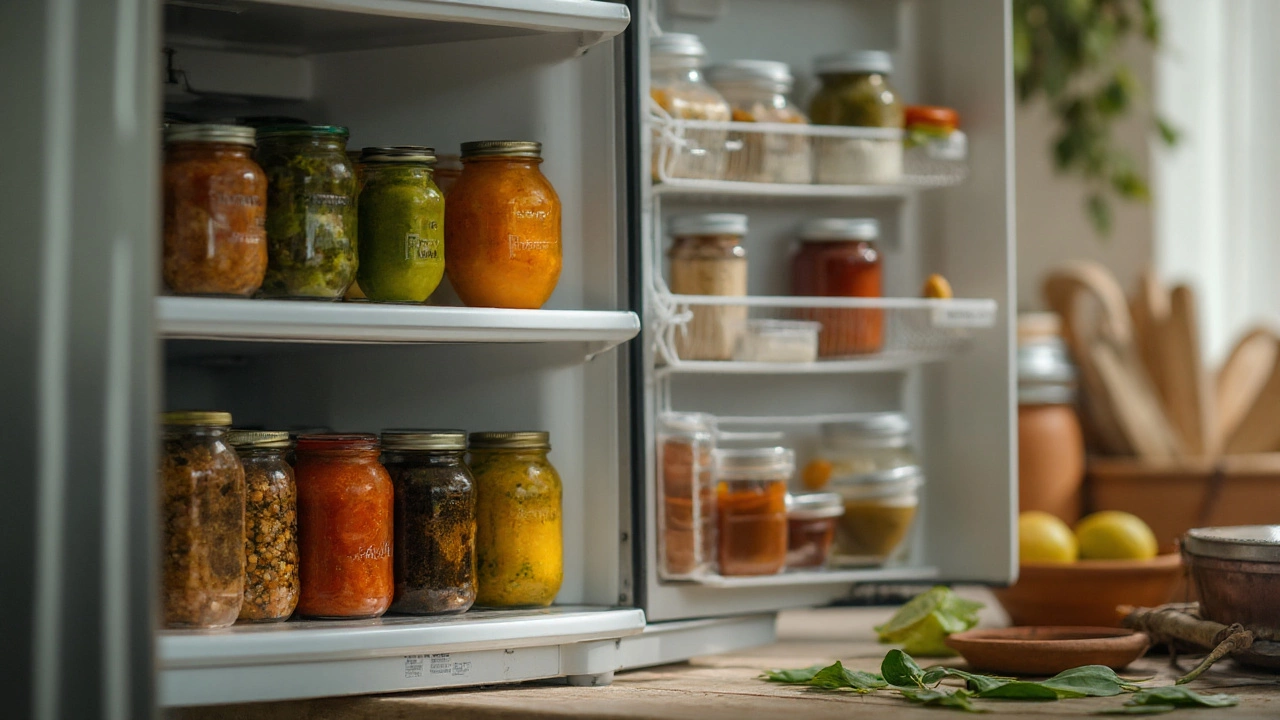Homemade Chutney Shelf Life Explained
When working with homemade chutney shelf life, the period a fresh chutney stays safe and tasty when kept at home. Also known as chutney longevity, it depends on ingredients, temperature, and how you seal the jar. Understanding this helps you avoid waste and keep flavors bright.
The first factor is food safety, practices that keep edible items free from harmful microbes. Fresh herbs, raw garlic, and uncooked onions bring moisture and natural bacteria, so a clean jar and a quick chill are essential. Next, preservation methods, techniques like acidification, sugar balancing, or refrigeration that extend a condiment’s edible window play a huge role. Adding enough lemon juice or vinegar drops the pH, slowing spoilage, while a splash of oil creates a barrier against air. Temperature matters too—most chutneys last 3‑5 days at room temperature, but up to two weeks in the fridge, and even months if you freeze them in airtight containers. Finally, think of Indian condiments, a broad category that includes chutneys, pickles, and sauces that rely on spices and herbs for flavor. Each sub‑type reacts differently; a mango chutney with high sugar keeps longer than a cilantro‑garlic version.
Armed with these basics, you can plan how long your batch will stay delicious before it turns mushy or off‑flavored. Below you’ll find a curated set of articles that dive deeper into why lemon brightens biryani, how to tell if your roti will puff, and the science behind curdling milk—each tied to the same goal of keeping your kitchen safe and flavorful. Explore the tips, tricks, and science that turn a simple homemade chutney into a reliable pantry staple.

Homemade Chutney Shelf Life: Fridge, Pantry, and Canning Safety Guide
How long does homemade chutney last? Clear timeframes for fridge, pantry, and freezer, plus canning safety, spoilage signs, and storage tips you can trust.